Liposuction Aftercare: Useful Tips for Lipo Recovery Period
Body Plastic Surgery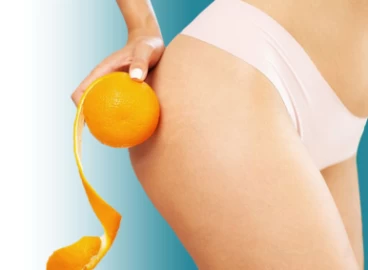
Liposuction is one of the most popular plastic surgeries in the world, enhancing the body’s appearance by removing unwanted fat deposits. While the surgery itself is important, it is equally crucial to prioritize proper aftercare to ensure a smooth recovery and optimal results. Liposuction Post-Op care instructions can include wearing compression garments, taking prescribed medications, monitoring incisions, managing pain and swelling, following a healthy diet, avoiding smoking and alcohol, and attending follow-up appointments.
By following these post-liposuction care, patients can enhance their liposuction recovery experience and achieve the desired outcome of this cosmetic surgery. In this article, we discuss important points about liposuction aftercare and answer some of your frequently asked questions.
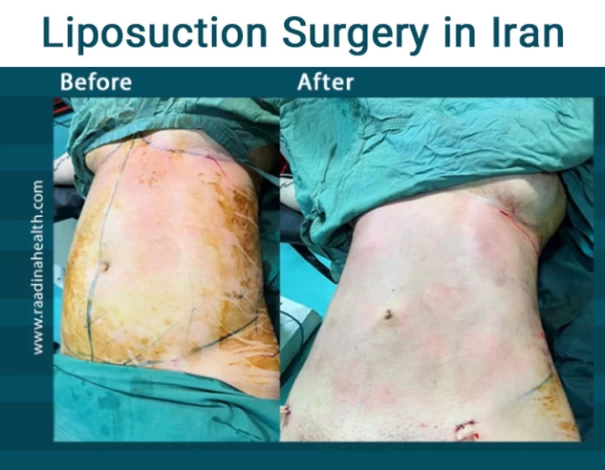
What Is Liposuction?
Liposuction is a non-invasive surgical procedure in which excess fat is removed from the body to make it look slimmer and firmer. The most common and popular types of liposuctions include ultrasound-assisted, laser-assisted, power-assisted, tumescent, and VASER lipo.
Moreover, liposuction surgery is performed on body parts where stubborn fat is accumulated, such as the abdomen, thigh lipo, buttocks, arms, love handles, chin, neck, ankle, waistline and back lipo. Although liposuction is not a weight-loss surgery, it can remove fat pockets that do not go away by exercising and dieting.

How to Get the Best Results from Liposuction?
There are a few things that you can do before and after liposuction surgery to get the best results possible. Before liposuction, choose a qualified plastic surgeon with extensive knowledge and experience in this field who can sculpt your body artistically. You should also maintain an average BMI, eat healthily, and avoid smoking and drinking before the operation.
After liposuction, follow your surgeon's guidelines, wear a compression garment, manage your pain with prescribed painkillers, take care of your wounds to prevent severe scarring, be physical, and maintain a healthy diet rich in protein and fibre to get the best results from your surgery.
Liposuction Aftercare Tips
In the following, general liposuction aftercare tips recommended by well-known plastic surgeons are mentioned briefly:
- Have a healthy and nutritious diet;
- Stay hydrated;
- Keep your surgical sites clean and away from direct sunlight;
- Follow Post-op instructions to avoid scars;
- Get lymphatic drainage massages to reduce the swelling and seroma;
- Get enough rest, but avoid bed rest as it can cause blood clot formation;
- Start walking as soon as you can to minimize the swelling;
- Take your medications on time;
- Ask someone to help you with shopping and doing housework;
- Wear a supportive compression garment (especially if you have received abdominal liposuction) for at least three months;
- Be aware of the serious risks of liposuction, and contact your doctor if you notice one.
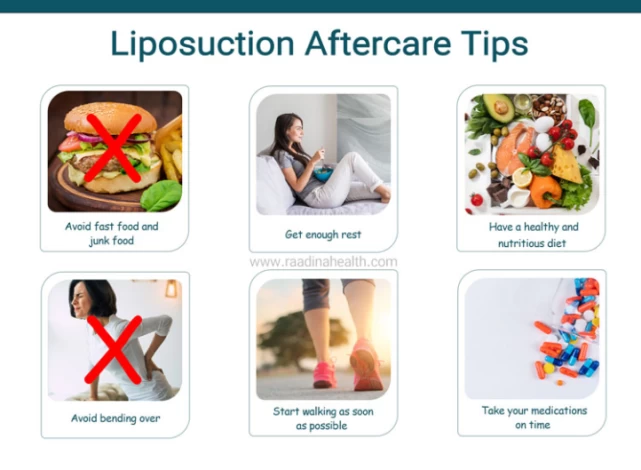
What not to do after liposuction?
Doing vigorous activities, smoking, drinking alcohol and too much caffeine, taking blood thinners and herbal supplements, bathing, sunbathing, and consuming unhealthy foods such as processed meats and trans fats should be avoided after liposuction surgery. And:
- Avoid fast food and junk food;
- Reduce sodium and sugar intake;
- Avoid strenuous activities such as lifting, bending, pulling, pushing, jumping, and climbing the stairs as much as you can;
- Do not miss your appointments, as your body needs to be checked frequently after the operation.
Following the liposuction surgery, your surgeon will provide helpful instructions on caring for your body to recover faster and achieve desirable results. In the following, some of the most important tips on liposuction aftercare are mentioned in detail.
Liposuction Recovery Stages
In the following, we mention liposuction recovery week by week.
After the operation
The doctor will warp your area with a bandage and use a compression garment after liposuction to tighten your skin. As this operation is done under local or general anaesthesia, you will be dizzy and nauseous immediately after the surgery, so you cannot drive home alone.
On the first day after the surgery
The anaesthetics will be flushed out of your body, making you more conscious. You probably have moderate pain and fluid discharge, which is quite normal. To control the pain, you need to take the prescribed pain medications. Bed rest is usually unnecessary after the lipo surgery, and you can gently walk around the house from the first day after the operation.
The first week after liposuction
The first week after liposuction is the hardest lipo recovery stage. You will have swelling, pain, and bruising after liposuction in the operated area and may lose your appetite. You must make an appointment with your surgeon three to five days after the surgery to remove your drains. The doctor will also check your wounds, skin irregularities, and vital signs to ensure the surgery succeeded. It is important to start wearing a compression garment and getting a lymphatic drainage massage from the first week to prevent scarring and excess swelling.
The second week after liposuction
During the second week after liposuction, you will still have sharp pain in your surgical site, which OTC painkillers can manage. Any vigorous activities such as bending, lifting, pulling, and stretching should be avoided during this time. If you don't have a physical job, you can return to work the second week after the surgery.
Third week after liposuction
From the third week onwards, your pain will be reduced to a great extent, and your operated area will get smoother and firmer. Also, your swelling and bruising begin to subside at this stage, and your skin tightens. Most people can do light exercise in the fourth week, but any heavy or strenuous activity should be avoided for the next couple of months.
Week 6 and beyond
By week 6, after liposuction, most of the initial swelling and bruising should have subsided. You can typically resume most normal activities, including light exercise. However, listening to your body and avoiding any activities that cause discomfort or pain is important.
You may no longer need to wear compression garments. While you will notice improvements in the treated area at this stage, the final results can still take several months to develop fully. Your body will continue to adjust and settle into its new shape during this time.
How to Get Rid of Scars After Liposuction?
During the liposuction surgery, the surgeon makes tiny incisions near the operating site to insert the cannula and melting device (ultrasound probe, laser device, etc.). Although the cuts are usually made on less noticeable body parts, such as under the arms or beneath the groin, they will form mild to moderate scars that fade over time.
During liposuction recovery, you can help your skin remove scars using prescribed ointments, silicone gels/sheets/creams, and peeling creams. Of course, there are also more invasive procedures to remove liposuction scars, such as cryotherapy, laser therapy, and scar removal surgery.
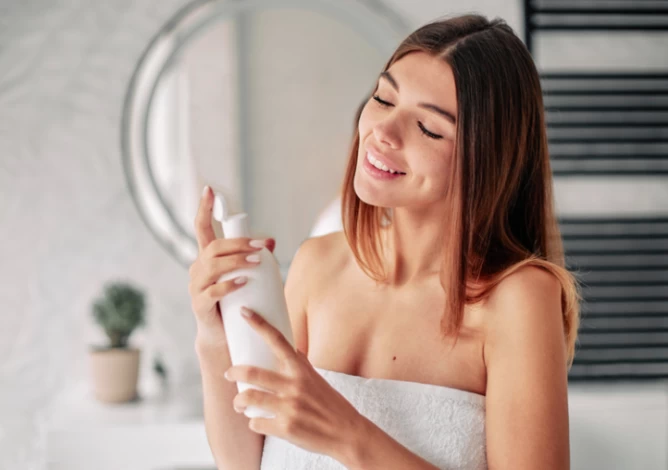
How to Prevent Infection in the Liposuction Recovery Time?
Infection is a life-threatening side effect of liposuction surgery. It may occur due to the use of contaminated surgical instruments, endogenous infectious agents, or poor wound care after the surgery. The symptoms of liposuction infection include severe pain and swelling, yellow or green pus coming out of the incisions, fever, vomiting, and skin oedema.
To prevent the infection after liposuction, you should take antibiotics as instructed and keep your wounds dry and clean. That's why it is usually recommended not to show up in public areas (especially in the swimming pool and beach) until your wounds are completely healed.
Minimizing Liposuction Swelling After Surgery
Swelling is another unavoidable complication of liposuction, which may last up to six months after the surgery. The liposuction swelling will subside faster if you wear a compression garment 24/7, apply an ice pack on the swollen area, reduce your sodium intake, massage the operated area (or get lymphatic drainage massages), go for short walks, and drink plenty of water daily.
Wearing a Compression Garment After Liposuction Surgery
After liposuction surgery, a compression garment should always be worn except when showering. The compression garment helps reduce swelling, supports the operated skin and tissues, shortens the liposuction recovery time, and reduces the chance of blood pooling and clotting after the surgery. Moreover, wearing a compression garment prevents deep vein thrombosis if you have liposuction in your legs or arms.
Showering After Liposuction
You can take a shower 24 hours after liposuction surgery in most cases unless your surgeon asks you to keep your surgical garment for two to three days. You can let the water and soap run over your incisions when showering, but you shouldn't scrub or massage your skin as your wounds may bleed. Also, using the hot tub, swimming pools, baths, etc., is prohibited as the still water can cause infection.

How to Sleep After Liposuction?
Following liposuction, these suggestions can help you sleep peacefully:
- Sleep in a suitable position: Your surgeon may advise you to sleep on your back or in a slightly elevated position to reduce swelling and promote healing. Use pillows or a wedge pillow to support your back and elevate your upper body.
- Wear compression garments: Compression garments help reduce swelling and support the treated areas. Wear them even while sleeping, as they can help you feel more comfortable.
- Take pain medication if necessary: If you are experiencing pain or discomfort, take the prescribed pain medication before bed. This can help you relax and sleep better.
- Use cold compresses: Applying cold compresses or ice packs to the treated areas before bed can help reduce swelling and numb discomfort, making it easier to fall asleep.
- Create a comfortable sleep environment: Ensure your bedroom is cool, quiet, and dark. Use blackout curtains or an eye mask if needed. Consider using a white noise machine or earplugs if any disruptive noises are around.
Remember that everyone's recovery process is different, so it is essential to consult your surgeon for personalized advice on how best to sleep after liposuction based on their specific instructions and your needs.
Fibrosis after Liposuction
Liposuction fibrosis refers to any skin irregularity that occurs after this surgery. Scarring, lumps and bumps, development of extra tissues on the wounds, and fat cysts are the most common types of post-liposuction fibrosis. Although most irregularities go away independently over time, you can get a lymphatic massage or laser therapy to treat them faster and better.
How to Take Care of Wounds in Liposuction Recovery Time?
After removing excess fat cells, the surgeon either stitches the skin or covers it with adhesive bandages. Then, your nurse warps the wounds with a sterile dressing to protect them from infectious agents and other pollutants.
The outer dressing can be removed 24 to 72 hours after the surgery, but the adhesive bandages should stay in place for as long as your doctor suggests. During liposuction recovery, keep the incisions dry and clean and wear loose clothes to prevent irritation. You should also probably use compounding creams to promote wound healing and reduce scarring and skin discoloration.
Diet After Liposuction
One of the most important lipo recovery stages is maintaining a healthy diet. A proper diet rich in fibre, protein, vitamins, and minerals can balance your blood flow, minimize swelling and bruising, and boost your immune system. Therefore, you need to add more fresh fruits and vegetables, lean proteins, whole grains, and legumes to your post-liposuction diet to keep your BMI at a normal range and reduce the complications of liposuction surgery.
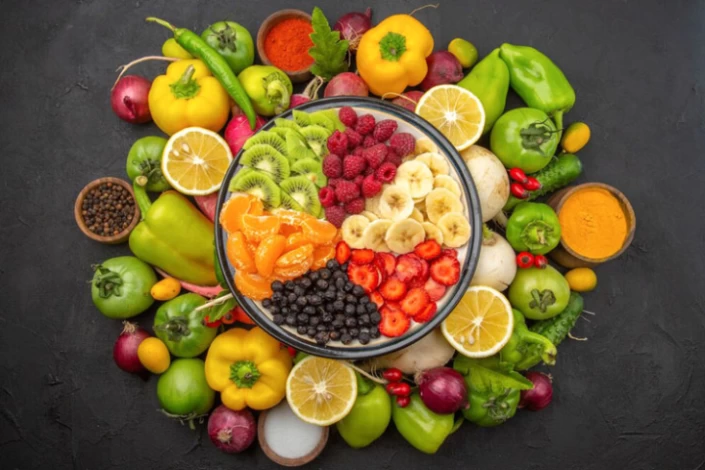
How to Reduce Drainage After Liposuction?
Having white or transparent discharge after liposuction is normal and usually stops four or five days after the surgery. This drainage is an extra fluid injected into the fat at the beginning of surgery. If you wonder how to drain fluid faster after liposuction, you should know there is one gentle and invasive method to drain this fluid.
The gentle way involves massaging the operated area so that the bodily fluid is processed by the lymphatic system faster and is flushed out of the body as waste in a couple of days. On the other hand, the faster and more invasive method involves inserting a tube in the incisions to drain the fluid.
Skin Tightening after Liposuction
Since lots of fat is removed from your body during the liposuction surgery, your skin may lose its laxity and get saggy. There are various methods to tighten the skin after this surgery, including micro-needling treatment, laser therapy, radiofrequency treatment, getting an MLD massage, and having a second surgery.
However, the most efficient and gentlest way to adjust the skin to the new body contour is to wear a compression garment for at least six months. This garment helps the skin retract and attach to its underneath muscle.
Lipo Vaser Aftercare
The aftercare for Vaser liposuction and traditional liposuction can vary slightly due to the differences in the techniques used. Vaser liposuction generally has a quicker recovery time compared to traditional liposuction. Patients may be able to return to their normal activities sooner with Vaser, as it is a less invasive procedure.
Arm Liposuction Aftercare
After undergoing arm liposuction, it is crucial to follow proper aftercare instructions for a smooth recovery. Immediately after the procedure, patients may experience swelling, bruising, and discomfort in the treated area. To manage these symptoms, doctors often recommend wearing compression garments to reduce swelling and provide support.
Keeping the incision sites clean and dry is important to prevent infection. Patients should avoid strenuous activities such as heavy lifting or even bending the treated area for a few weeks and gradually reintroduce exercise as advised by their surgeon. Pain medication may be prescribed to manage any discomfort. Following a healthy diet and staying hydrated can aid in the healing process.

Liposuction in Iran
Iran is one of the Middle East's main hubs of plastic surgery. Due to performing thousands of body plastic surgeries such as liposuction, breast augmentation, and tummy tuck annually, Iranian plastic surgeons are experienced in this field and achieve the best results possible. Also, Iran is one of the cheapest countries to get liposuction as the surgeon's fee, hospital charges, and medication prices are very reasonable in this country. So, Iran is an excellent choice for getting high-quality and affordable liposuction.
FAQs About Liposuction Aftercare
1) How long after liposuction can I exercise?
You can return to your exercise routine as soon as your wounds are healed, i.e., 4 to 6 weeks after the surgery. However, you should avoid contact and heavy sports for six months as they can alter the results of your operation.
2) When does swelling go down after liposuction?
Depending on the surgery technique, the number of target areas, and the amount of fat removed, the liposuction swelling takes two to six months to subside. Meanwhile, using a cold compress, drinking six glasses of water, and wearing a compression garment can help minimize the swelling faster.
3) How can I get rid of lumps and bumps after liposuction?
The lumps, bumps, hard knots, and dimples often go away independently after liposuction surgery. However, in certain cases, the patient has to get manual lymphatic drainage therapy or undergo laser skin tightening to have smoother skin after liposuction.
4) What should I wear after liposuction?
As the amount of swelling differs in each patient, a particular size of cloth cannot be suggested. Wear loose-fitting and comfortable clothes is not recommended as long as you are in a liposuction recovery period.
5) When can you drink alcohol after liposuction?
You can have light alcoholic beverages after taking your pain medications and antibiotics. Usually, the surgeons recommend avoiding alcohol for at least two weeks after the surgery as it may interfere with wound healing.
6) Do liposuction scars go away on their own?
The liposuction scars usually get paler over time, but they do not completely fade away. In most cases, especially if keloids or atrophic scars are developed at the incision site, the patient has to remove the scars through laser therapy, a surgical procedure, or cryotherapy.
7) How much drainage is normal after liposuction?
It is common to experience fluid leakage from the incision sites for 48 hours after surgery. The drainage may be bloody or tinged with a pinkish colour, ranging from a few millilitres to several ounces per day. However, suppose excessive or persistent drainage or the fluid appears abnormal (such as foul-smelling or greenish). In that case, it is important to contact your surgeon as it may indicate an infection or other complication.
8) How Long Does It Take for Skin to Reattach After Lipo?
The time it takes for skin to reattach after liposuction can vary depending on several factors, including the individual's healing ability, the extent of the liposuction procedure, and the specific techniques the surgeon uses. Generally, it may take several weeks to a few months for the skin to fully reattach and heal after liposuction. It is important to follow post-operative care instructions provided by your surgeon to promote proper healing and minimize complications.



![What Are the Best Foods to Eat After Liposuction? What to Eat After Liposuction? + [Foods to Avoid]](https://hws.raadinahealth.com/images/user_upload/blog/en-liposuction/taghziye_liposakshen_1668067534_small.webp)




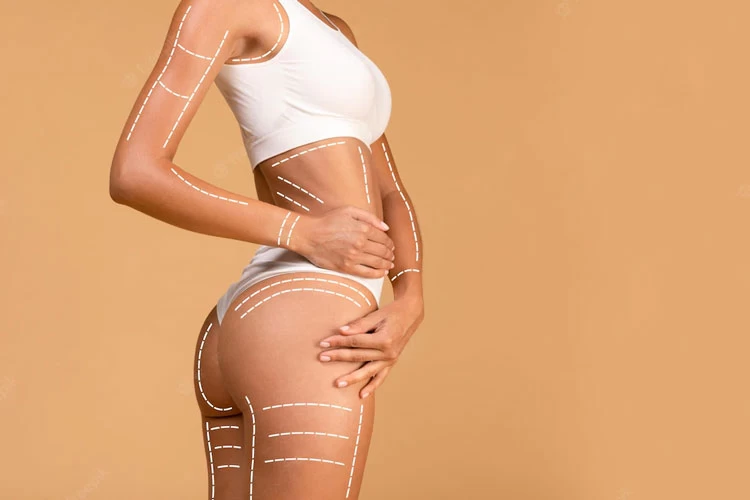


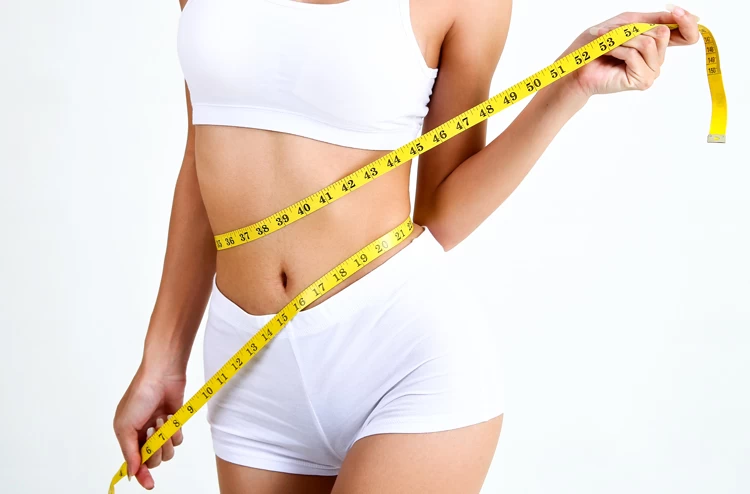

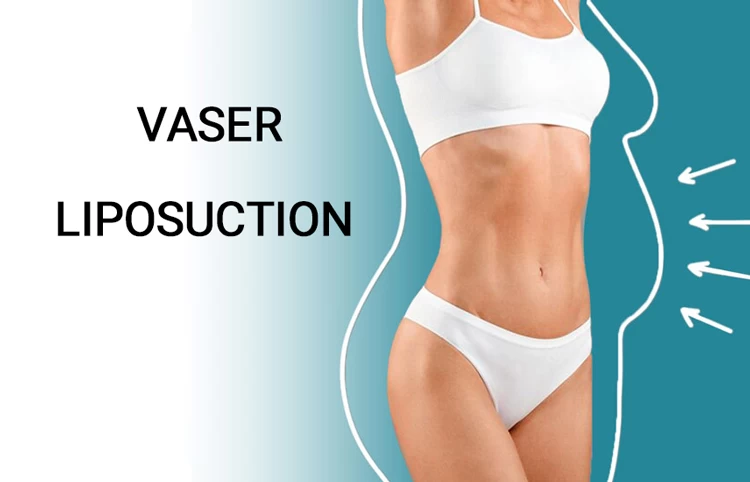
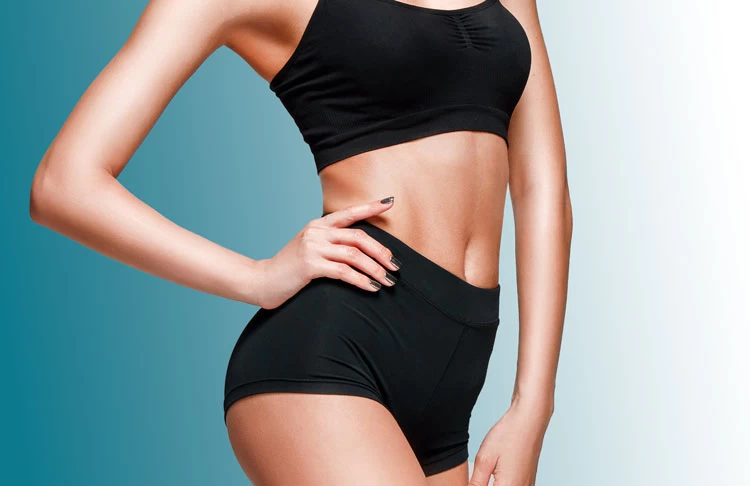
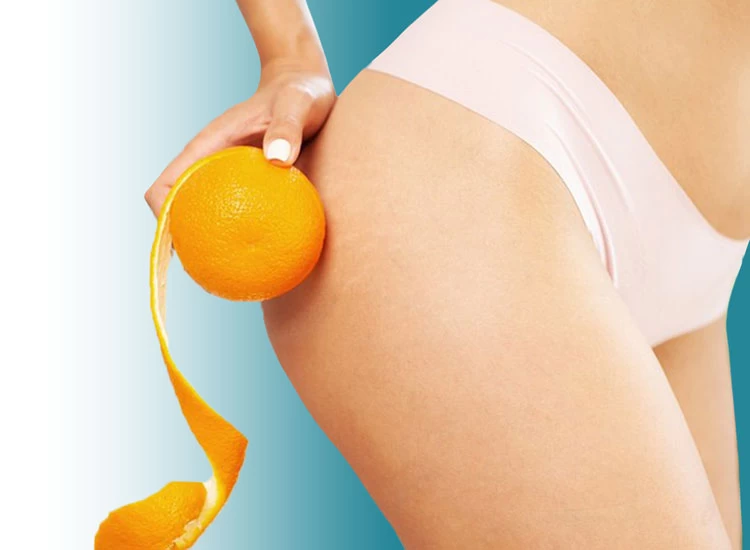

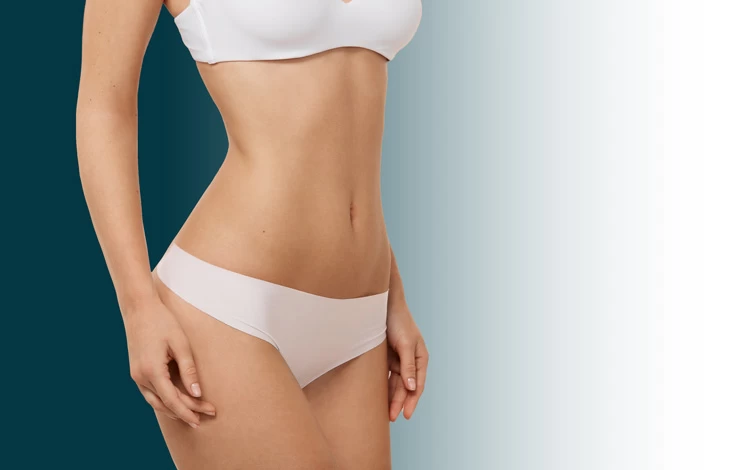

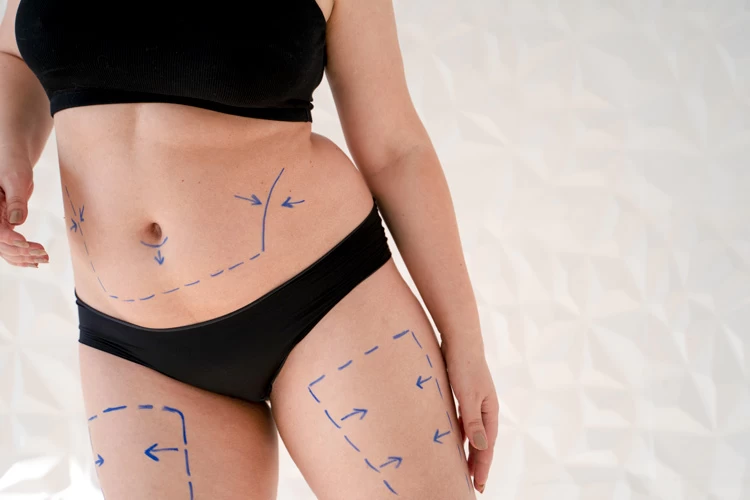
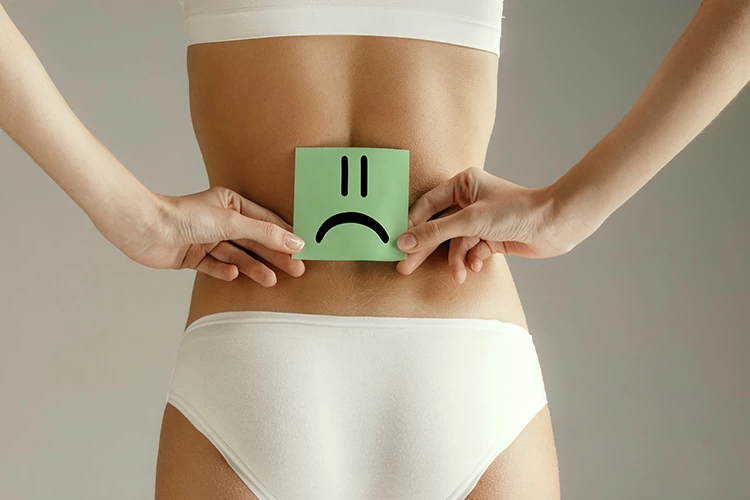

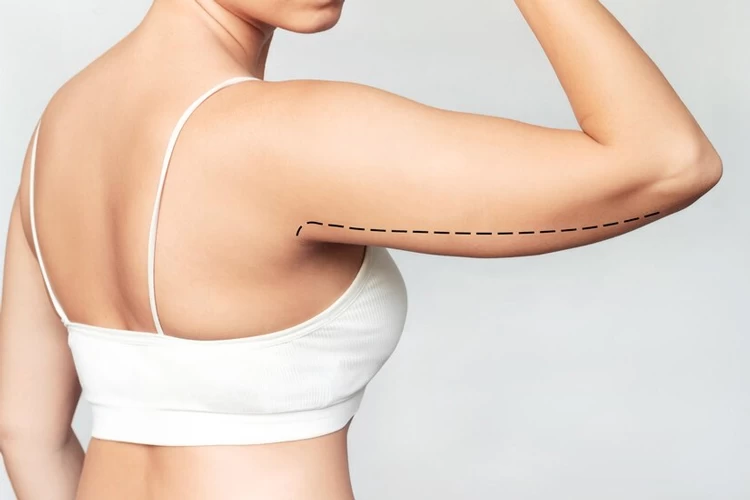
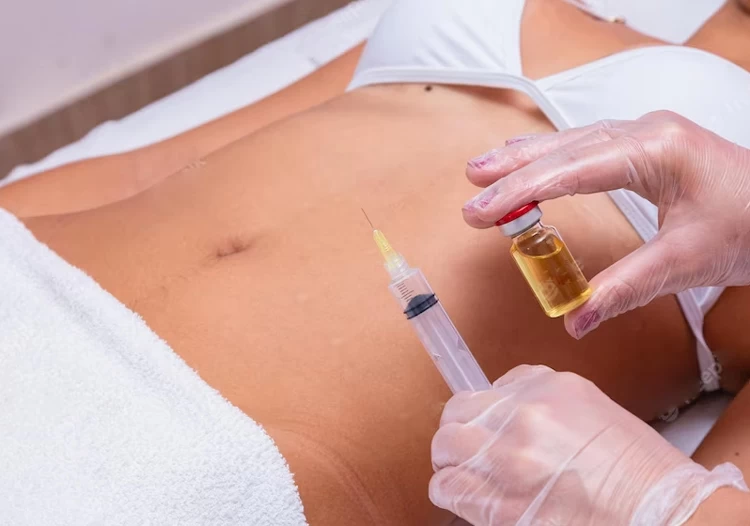
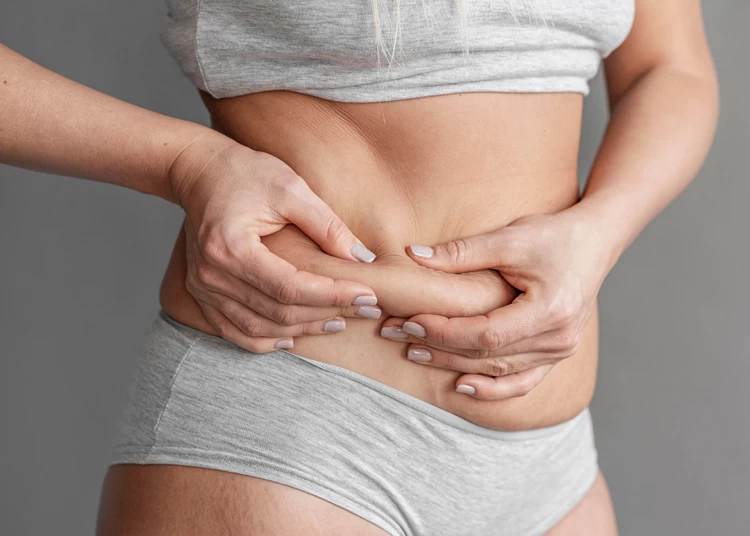
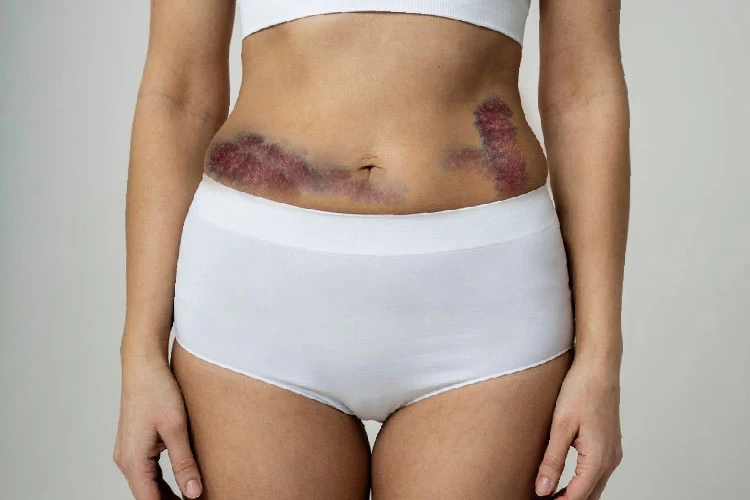


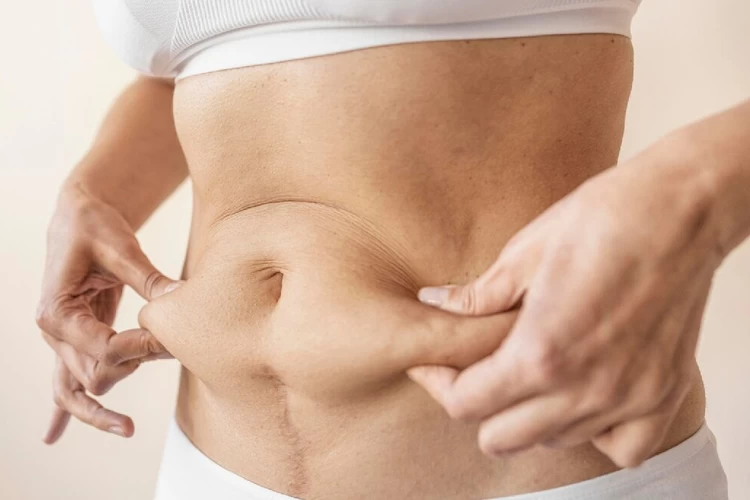

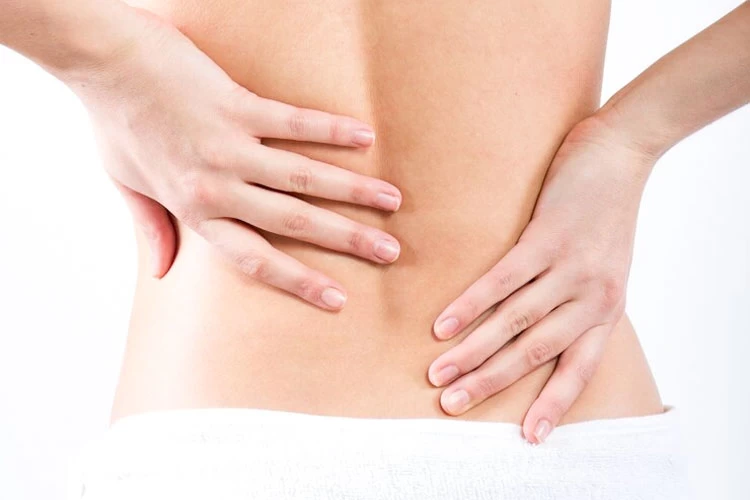
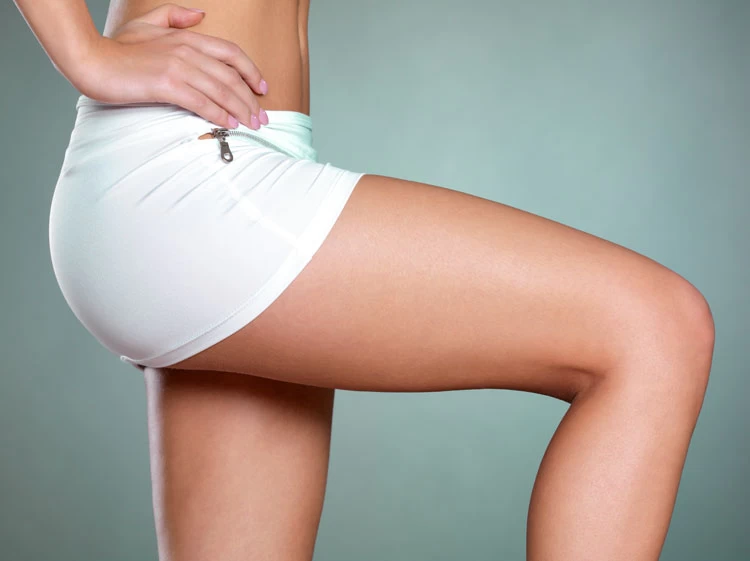
User
-How Long Does It Take for Skin to Reattach After Lipo?
Habib Ebrahimi
-The time it takes for skin to reattach after liposuction can vary depending on several factors, including the individual's healing ability, the extent of the liposuction procedure, and the specific techniques the surgeon uses. Generally, it may take several weeks to a few months for the skin to fully reattach and heal after liposuction. It is important to follow post-operative care instructions provided by your surgeon to promote proper healing and minimize complications.
User
-Is it ok to massage the area after liposuction?
Fatemeh Vajhi
-Post-Lipomatic massage can speed up your recovery and reduce your swelling
User
-Thanks for the info.
User
-Hello. I'm very tired of my excess fats but I'm afraid of the post-liposuction pain and bruising. Will there be a lot of pain? What should I expect after a liposuction procedure?
Habib Ebrahimi
-Hello dear friend,
It is common to experience some pain and discomfort after a liposuction procedure. However, the severity and duration of the pain can vary depending on the extent of the procedure and your pain tolerance. You may also experience bruising, swelling, and soreness in the treated areas. Your surgeon will provide you with specific post-operative instructions to help manage your pain and promote healing. This may include taking pain medication, wearing compression garments, and avoiding strenuous activities for a certain period. It is important to follow your surgeon's instructions carefully to ensure a smooth recovery and optimal results.